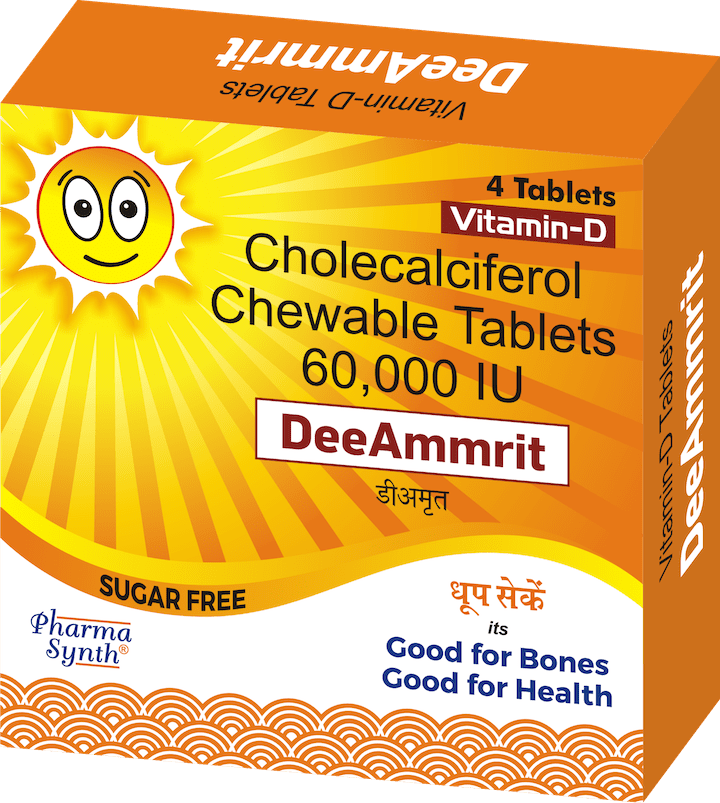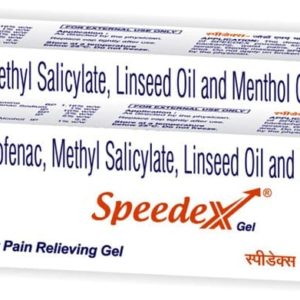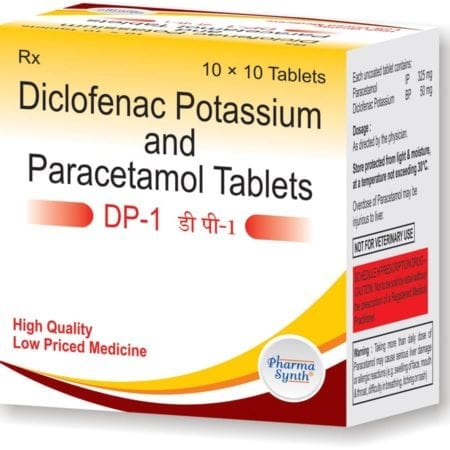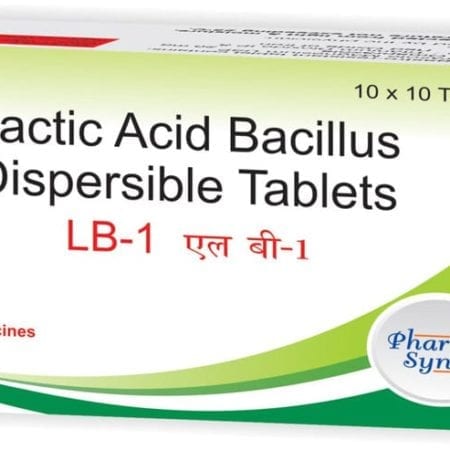DeeAmmrit
.:: COMPOSITION ::.
Each Tablet contains :
» Cholecalciferol IP 60,000 IU
Excipients q.s.
Description
![]()
![]()
Vt. D3 (cholecalciferol 60,000 IU) for gentle care and protection.
Composition:
Each DeeAmmrit Tablet contains: Cholecalciferol IP 60,000 IU
Excipients : q.s
Dosage form:
Granules
ATC classification:
General nutrients
Description:
DeeAmmrit is a dietary supplement containing vitamin-D3, also known as sunshine vitamin is essential for promoting bone health in post menopausal women and also necessary to prevent calcium deficiency in all age groups. Calcium is necessary for the normal functioning of the nerves, cells, muscles and bone. It is a vital component of bone architecture and is required for deposition of bone mineral throughout life thereby preventing bone loss. Vitamin D helps the body to absorb calcium and phosphorus. Having the right amounts of vitamin D is important not only for bone health but also for boosting immunity and reducing the risk of diabetes.
Pharmacological action:
Mechanism of Action:
Vitamin D3, also called as cholecalciferol, is produced naturally from 7-dehydrocholesterol when skin is exposed to sunlight. Hence it is referred to as sunshine vitamin. However, Vitamin D3 requires metabolic activation. For that it is transported to the liver where it undergoes hydroxylation to form 25-hydroxyvitamin D [25(OH)D], also known as Calcidiol. Then 25(OH)D is transported to kidney and released into the renal tubule cell and hydroxylated to form 1,25-dihydroxyvitamin D, the biologically active form of vitamin D also known as Calcitriol. Conversion of calcidiol to calcitriol is stimulated by the parathyroid hormone. Calcitriol stimulates intestinal calcium and phosphate transport and also release of calcium from bone, thereby maintaining plasma calcium levels. Adequate dietary supplementation of Vitamin D3 is required because in deficient states, inadequate absorption of calcium from intestine leads to increased calcium resorption from the bone. This causes rickets in children while osteoporosis and osteomalacia in adults. Calcitriol also prevents phosphaturia by regulating parathyroid hormone secretion.
Pharmacokinetics:
Absorption:
Vitamin D substances are well absorbed from the gut. Bile promotes adequate intestinal absorption of Vitamin D; absorption may be decreased in patients with decreased fat absorption.
Distribution
Vitamin D and its metabolites circulate in the blood, by binding to a specific alpha-globulin. Vitamin D is stored in adipose and muscle tissue for long periods of time. It is slowly released from such storage sites and from the skin where it is formed from 7-dehydrocholesterol in the presence of sunlight or ultraviolet light. Vitamin D3 has a slow onset and a long duration of action.
Metabolism
Vitamin D3 is converted in the liver by hydroxylation to the active form 25-hydroxycholecalciferol. It is then further converted in the kidneys to 1,25-dihydroxycholecalciferol. 1,25-dihydroxycholecalciferol also known as calcitriol is the metabolite responsible for increasing calcium absorption. Vitamin D that is not metabolized is stored in adipose and muscle tissues.
Excretion
Vitamin D compounds and their metabolites are excreted mainly in the bile and faeces, with only small amounts appearing in urine. There is some enterohepatic recycling but it is thought to have a negligible contribution to vitamin D levels. Certain vitamin D substances may pass into breast milk.
Indications:
DeeAmmrit is indicated for
- Vitamin D deficiency states
- Prevention of Vitamin D deficiency.
- Osteoporosis in conjunction with Calcium supplements
- Prevention of Post-Menopausal Osteoporosis.
- Treating Osteomalacia in conjunction with Calcium supplements
- Treating Osteopenia in conjunction with Calcium supplements
- As supplement in chronic muscle ache conditions.
Dosage:
DeeAmmrit Tablet:
One tablet should be taken with milk or as directed by the physician.
Contraindications:
- Hypersensitivity to the any of the ingredients.
- Renal failure.
- Diseases and/or conditions resulting in hypercalcaemia and/or hypercalciuria (e.g. myeloma, bone metastases, primary hyperparathyroidism).
- Nephrolithiasis/nephrocalcinosis.
- Because of phosphate content, it is contraindicated in persons with hypoparathyroidism.
- Hypervitaminosis D.
- Malabsorption syndrome
- Renal osteodystrophy with hyperphosphataemia (there is risk of metastatic calcification; however, vitamin D therapy can begin once serum phosphate levels have stabilized).
Side effects:
- Vitamin D at normal doses usually has no side effects. Excess vitamin D supplementation can increase serum calcium levels. Some of the associated symptoms due to higher vitamin D dosing are as follows: nausea/vomiting, constipation, loss of appetite, increased thirst, increased urination, mental/mood changes, and unusual tiredness. Prolonged use of cholecalciferol is associated with Vitamin D toxicity, including nephrocalcinosis/renal failure, hypertension, and psychosis.
- Non-specific symptoms of Vitamin D toxicity are anorexia, weight loss, polyuria, and heart arrhythmias. Raised blood levels of calcium due to higher Vitamin D dosing leads to vascular and tissue calcification, with subsequent damage to the heart, blood vessels and the kidneys.
- Chronic excessive dosing can also lead to impairment of renal function with polyuria, nocturia, polydipsia, hypercalciuria, reversible azotaemia, hypertension, nephrocalcinosis, generalized vascular calcification, or irreversible renal insufficiency which may result in death.
- The use of supplements of both calcium (1,000 mg/day) and vitamin D (400 IU) by postmenopausal women over long periods of time is likely to increase the risk of kidney stones.
- Hypervitaminosis D is reversible upon discontinuation of treatment unless renal damage is severe
Warnings and Precautions:
- Cholecalciferol should be used with caution in patients with renal impairment as it is not metabolized normally. In such cases another form of vitamin D should be used. During the therapy and phosphate levels should be monitored.
- In case of hypercalcaemia treatment with cholecalciferol should be discontinued. Chronic or acute administration of high doses of Cholecalciferol may lead to hypervitaminosis D, manifested by hypercalcemia.
- Cholecalciferol should be prescribed with caution to patients suffering from sarcoidosis, due to the risk of increased metabolism of vitamin D into its active form
- Cholecalciferol is to be used with caution in patients immobilized with osteoporosis due to the increased risk of hypercalcaemia. Treatment with Vitamin D3 should be discontinued in prolonged immobilization and should only be resumed once the patient becomes mobile again.
- In patients with hyperlipidaemia, Cholcalciferol potentially exacerbate Low-density lipoprotein LDL elevation and also conditions like arteriosclerosis or cardiac function impairment.
- Administration of cholecalciferol in patients with hyperphosphataemia may increase the risk of metastatic calcification; normalization of phosphate levels indicated prior to therapy.
- Liver disease may impair the absorption of cholecalciferol.
Drug Interactions:
The following drugs are known for having drug interactions with Vitamin-D supplements:
Thiazide diuretics
Systemic corticosteroids
Ion exchange resins
Phenytoin/Phenobarbital/Barbiturates
Cardiac glycosides
Magnesium
Phosphate binding agents
Pregnancy:
There is limited evidence on the safety of vitamin D supplementation during pregnancy
In cases of deficiency states in pregnant women, Vitamin D supplements may be given at the dose 5 μg (200 IU) per day as recommended by WHO/FAO or according to national guidelines. Vitamin D may be given alone or as part of a multiple micronutrient supplement, to improve maternal serum vitamin D concentrations.
Lactation:
Vitamin D passes into breast milk. Hence this should be taken into consideration while prescribing additional Vitamin D to the infant.
References:
https://pubchem.ncbi.nlm.nih.gov/compound/5280795#section=Drug-and-Medication-Information
https://pubchem.ncbi.nlm.nih.gov/compound/5283711#section=Top
Disclaimer:
- Information provided above is for reference purpose only and has been compiled for use by healthcare practitioners. Please consult your physician to understand how the product affects you, its dosages, side-effects and further information.
- Remember, keep this and all other medicines out of the reach of children, never share your medicines with others, and use this medication only for the indications prescribed by your physician.
- Every effort has been made to ensure that the information provided by Pharma Synth Formulations Ltd. (‘PSFL’) is accurate, up-to-date, and complete, but no guarantee is made to that effect. PSFL does not endorse drugs, diagnose patients or recommend therapy and is an informational resource designed to assist licensed healthcare practitioners in caring for their patients and/or to serve consumers viewing this service as a supplement to, and not a substitute for, the expertise, skill, knowledge and judgment of healthcare practitioners. PSFL does not assume any responsibility for any aspect of healthcare administered with the aid of information provided. The information contained herein is not intended to cover all possible uses, directions, precautions, warnings, drug interactions, allergic reactions, or adverse effects. If you have questions about the drugs you are taking, check with your doctor, nurse or pharmacist.




